Elizabeth Blackwell, Hastings, and poetry
Although Elizabeth Blackwell was the first woman doctor registered to practice in Britain in 1859 (having qualified in the States) she is relatively unknown. Like Frances Hoggan, the first Welsh woman to so qualify, she was a committed anti-vivisectionist.
The plaque on her former house in Exmouth Place, Hastings has been hidden for some months by scaffolding: though scant attention seems to have been paid to its condition during other restoration work.
The quote is from ‘ Epilogue’ by Robert Browning. Note the insertion of ‘her’ rather than his. Lines from nineteenth century poets were often adapted by feminists. Thus ‘He who would be free, himself must strike the blow!’ from Byron’s ‘Childe Harold’s Pilgrimage’ was transformed on suffrage banners to ‘Who would be free themselves must strike the blow’. Most famously the epithet of the WSPU ‘Deeds not Words’ is taken from Shelley’s ‘Mask of Anarchy’ written after the Peterloo Massacre. It is better known for the last verse:
‘ Rise like Lions after slumber
In unvanquishable number
Shake your chains to earth like dew
Which in sleep had fallen on you –
Ye are many- they are few’
The article I wrote some years ago for the Women’s History Review on the way that suffrage feminists created their own histories discusses this use of poetry in more detail.




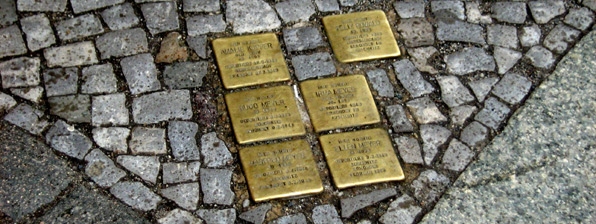





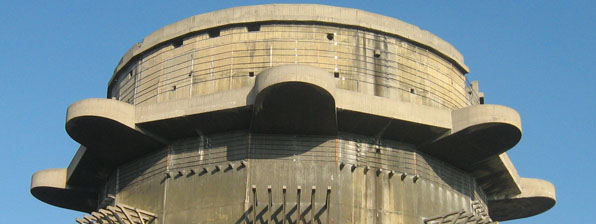
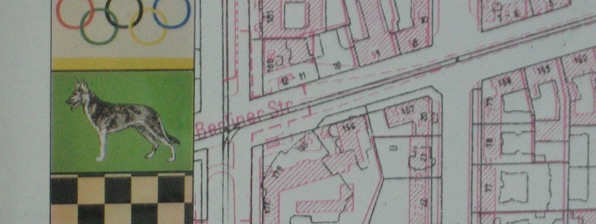

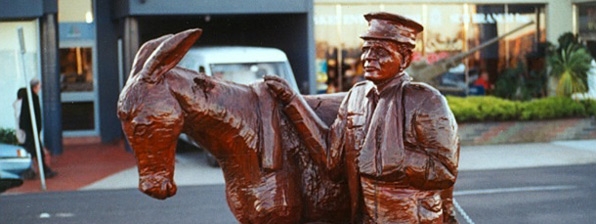


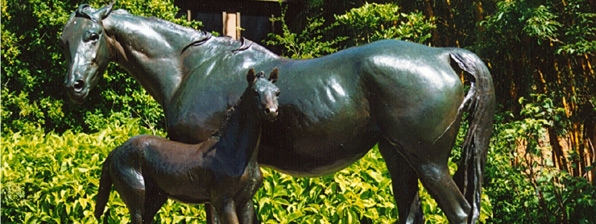

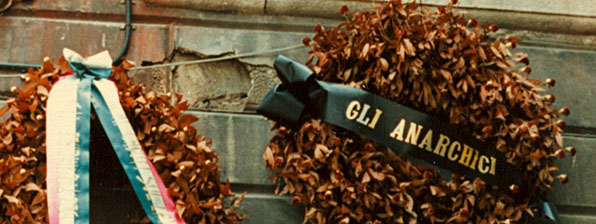



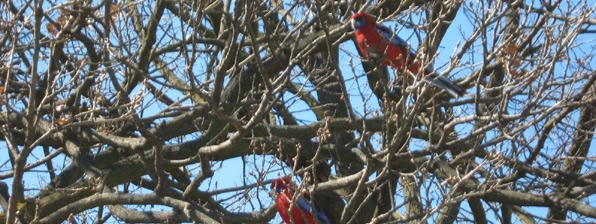
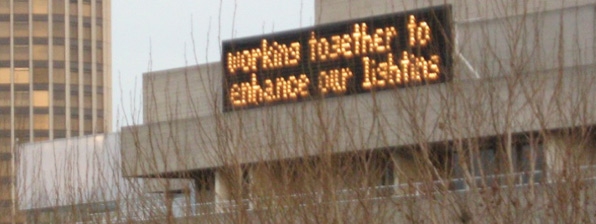

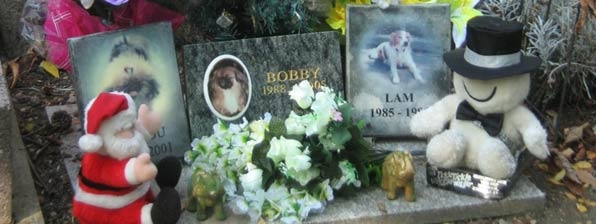









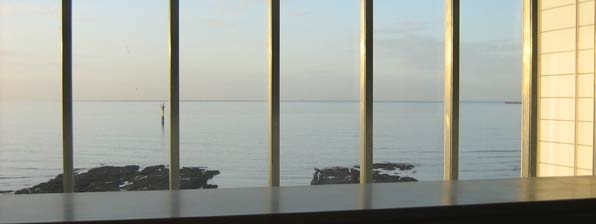


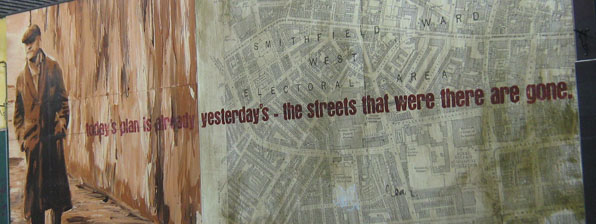
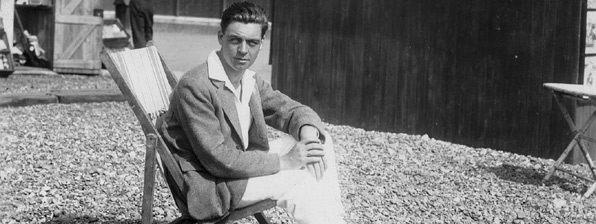
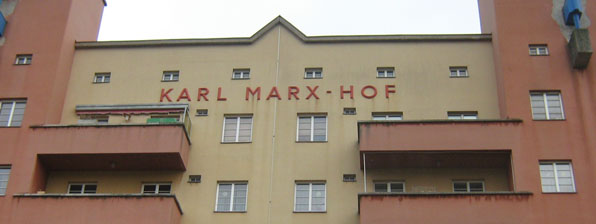


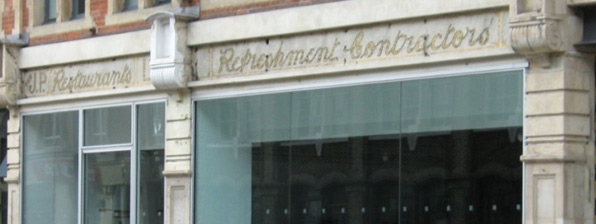

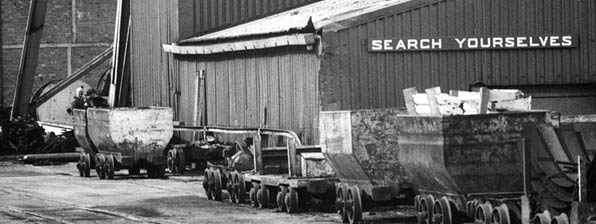

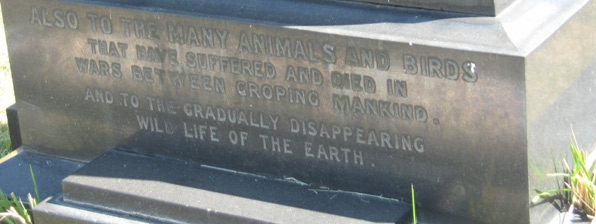






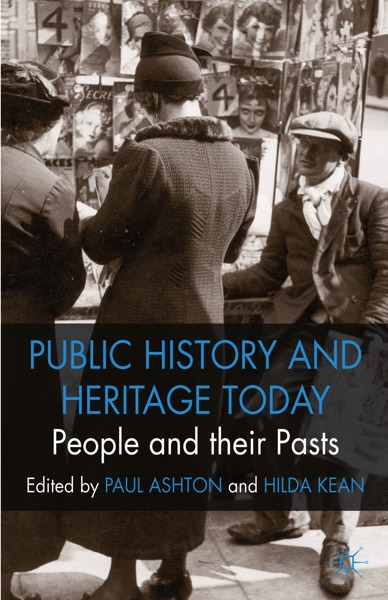

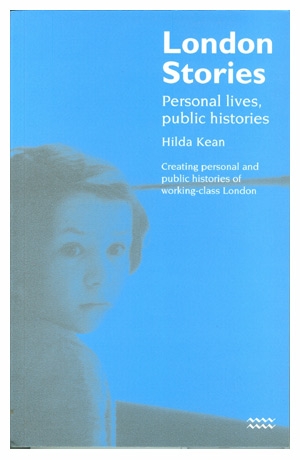

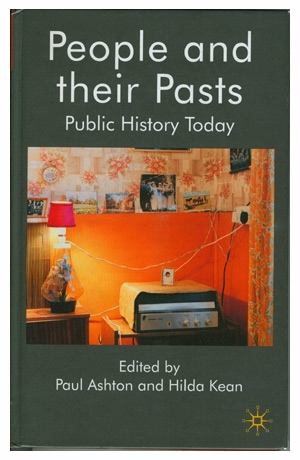
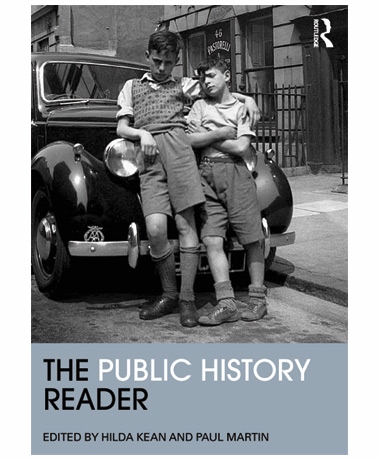




I was really interested to read your blog and the plaque on Elizabeth Blackwell. As you know I have an interest in early women medical doctors and how and where they are commemorated. I wonder if you know who paid for/put up this plaque and when?
Interesting point which I need to pursue!The form of the plaque is very different from that,say, commemorating Muriel Matters However, I don’t think it was necessarily a one-off since the plaque to Herbert Spencer on 6 The Mount is in a similar format.If I ever get to move to Hastings I will ferret around!Inter alia, it does suggest , of course, that different times create different histories. There is yet to be a commemorative plaque on the house in which suffrage feminist (and former fascist) Mary Richardson lived. However, there are a plethora of plaques commemorating where Robert Tressell lived.
The original plaque was unveiled as part of the Hastings Pageant of Heroes during June 1914 (as was that of Herbert Spencer.) It was unveiled by Millicent Garrett Fawcett, a suffragette, MP and the sister of Elizabeth Garrett Anderson, the first person to become medically qualified in Great Britain. Apparently the plaque was not actually fixed to the building, in the pageant programme it refers to the stone as a ‘pavement stone’. After some adventures it was presented to the Royal Free Hospital London. Not sure when the later plaque was put in place.
Thanks for this partial explanation. Millicent Fawcett was never a suffragette but a suffragist, being a leading light in the NUWSS and, after the war, the NUSEC. Sadly, she never became an MP. I am interested in the way that Blackwell has been eclipsed by Elizabeth Garrett Anderson who was a supporter of vivisection, whereas Blackwell was not. I realise that Elizabeth Blackwell qualified abroad but was able to practice in Britain and her name was entered on the GMC register in January 1859. It’s interesting that Herbert Spencer in St Leonards and Elizabeth Blackwell in Hastings were recognised on the same day.